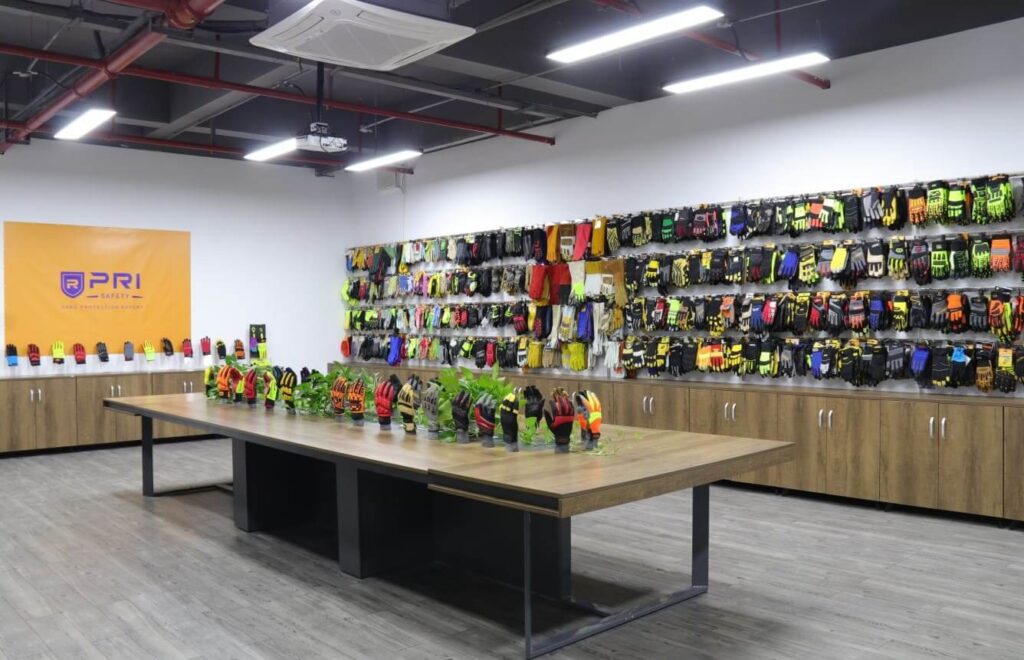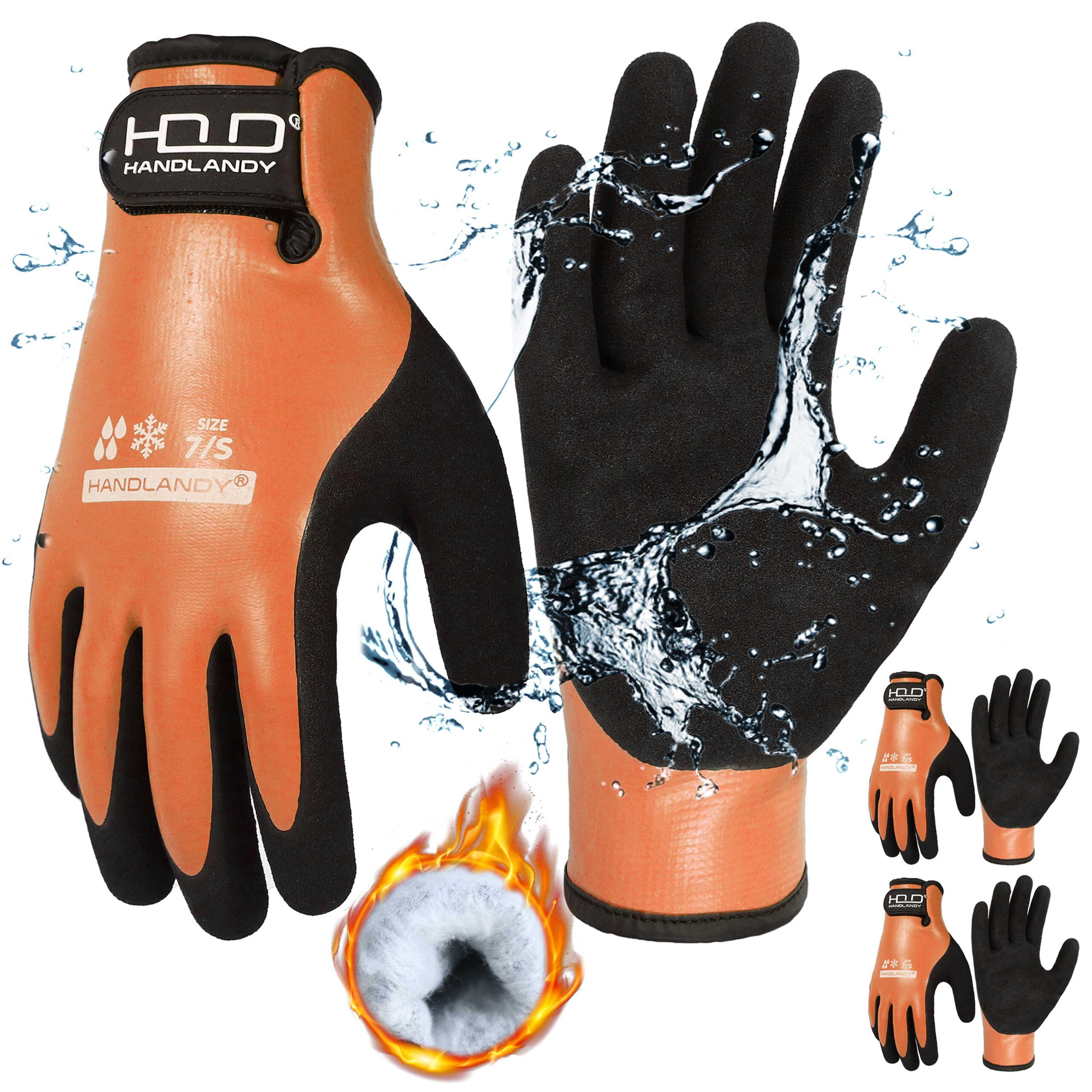To conduct a factory audit in China, follow a structured process that includes preparation, on-site evaluation, compliance checks, and post-audit follow-ups. This ensures your suppliers meet quality, ethical, and regulatory standards.
1. Define the Purpose of the Audit
Start by clarifying your goals. Are you checking for quality control, production capacity, ethical compliance, or certifications? Knowing your objectives will help focus the audit and avoid unnecessary steps.
2. Prepare for the Audit
Preparation is key to an effective audit.
- Research the Factory: Gather background information about the factory’s reputation, certifications, and past performance.
- Create a Checklist: Include areas like production processes, equipment, workforce, and documentation.
- Schedule the Audit: Arrange a date with the factory to minimize disruptions.
| Preparation Checklist | Purpose |
|---|---|
| Research factory background | Understand history and credibility |
| Develop audit checklist | Focus on key areas of assessment |
| Schedule the audit | Coordinate with factory managers |
3. Conduct the On-Site Audit
Opening Meeting
Begin by introducing the audit team and explaining the process to the factory’s management.
Facility Inspection
Walk through production areas, warehouses, and quality control sections to assess cleanliness, equipment condition, and workflow.
Review Documentation
Check records such as quality control logs, training manuals, and compliance certificates to confirm processes meet requirements.
Employee Interviews
Talk to workers to understand their working conditions, safety training, and adherence to labor laws.
Evaluate Quality Processes
Observe how the factory handles raw materials, production lines, and finished goods. Ensure the quality control process aligns with industry standards.
4. Verify Compliance
Labor Practices
Ensure fair wages, reasonable working hours, and compliance with local labor laws.
Health and Safety
Check for proper safety equipment, emergency protocols, and sanitary conditions.
Environmental Compliance
Verify waste management, emissions control, and adherence to environmental regulations.
5. Analyze and Report Findings
Identify Issues
Document any non-compliance, inefficiencies, or risks observed during the audit.
Provide Solutions
Suggest corrective actions for each issue identified.
Prepare a Report
Summarize findings in a detailed report with photos, evidence, and action plans.
| Audit Report | Contents |
|---|---|
| Observations | Summary of findings |
| Evidence | Photos, document excerpts |
| Recommendations | Corrective actions for improvement |
6. Follow Up
Closing Meeting
Discuss the audit results with the factory and agree on timelines for addressing issues.
Monitor Progress
Conduct follow-up audits or request updates to ensure corrective actions are implemented.
Continuous Improvement
Encourage factories to adopt long-term improvements in quality, safety, and sustainability.
Conclusion
Conducting a factory audit in China involves preparation, thorough on-site evaluation, and clear follow-up actions. By following these steps, you can ensure your suppliers meet your quality, compliance, and ethical standards, safeguarding your business and reputation.








